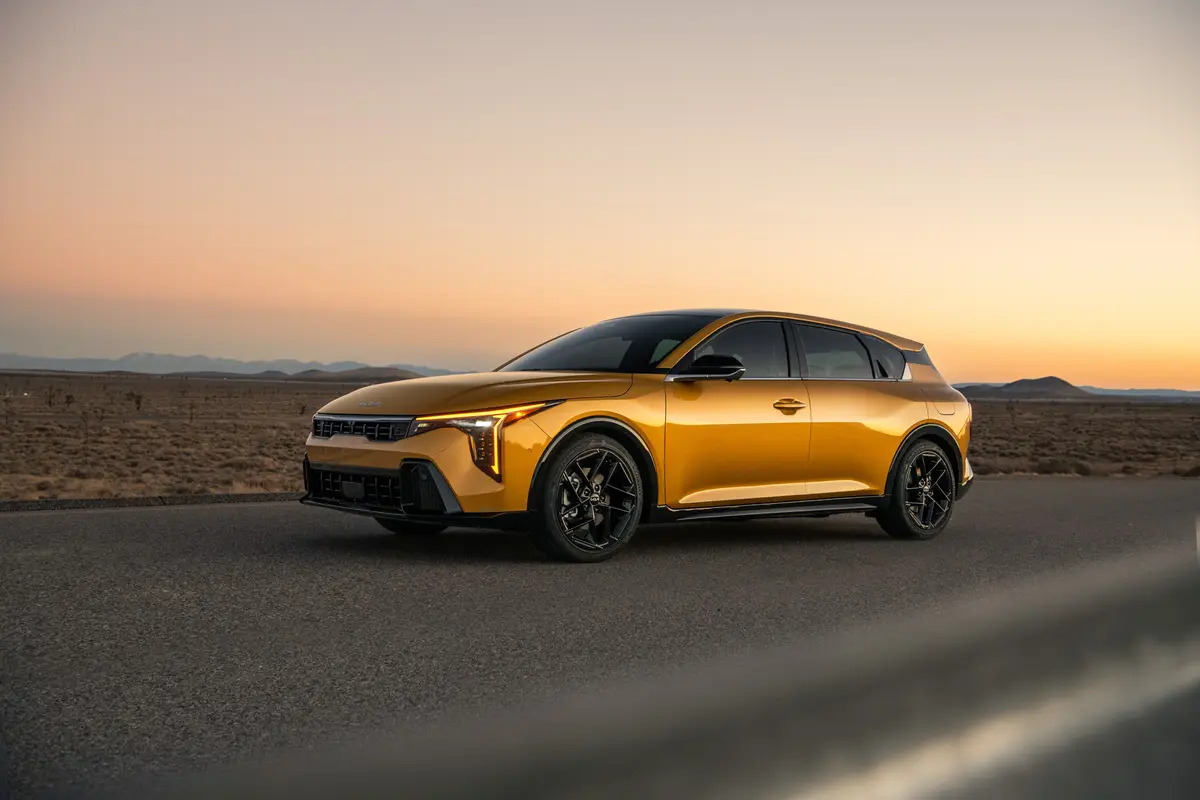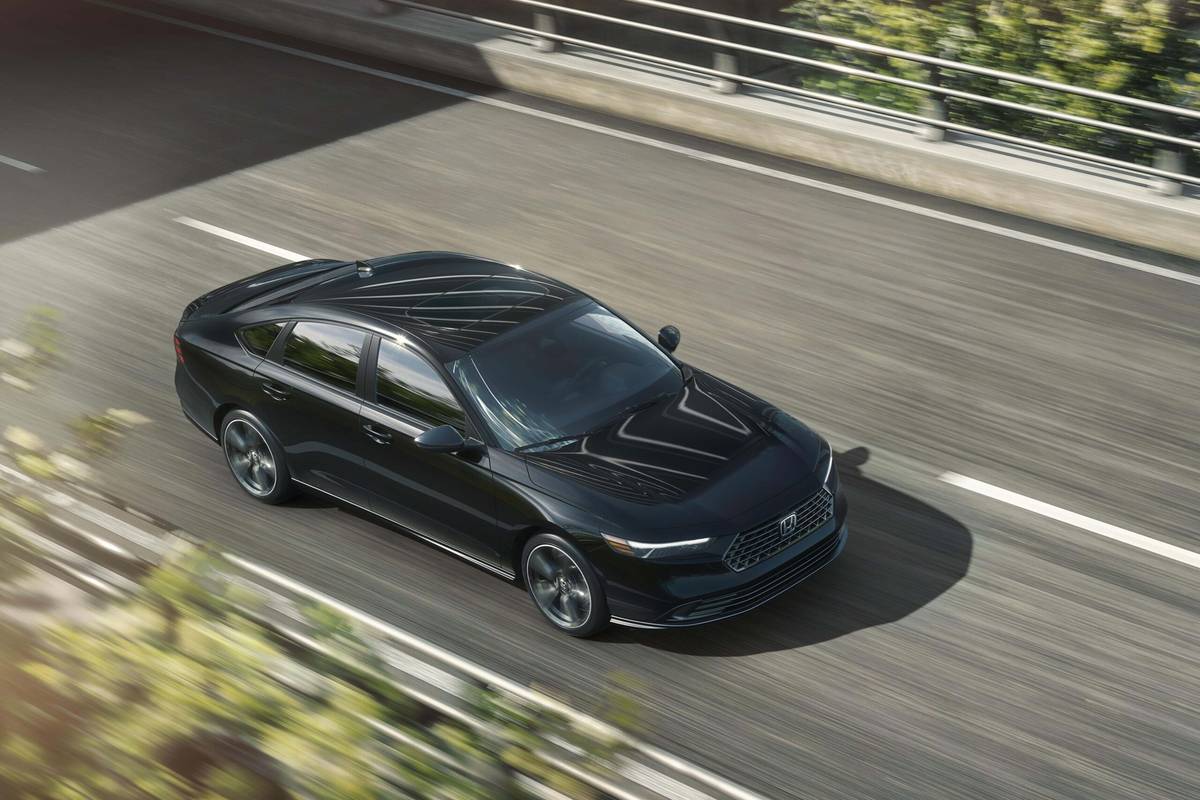washingtonpost.com's view
Young people age. Even if passion remains, it changes. What once glowed red hot is cooled by the needs of others – young children, or parents who are no longer young.
Illusion – “You are as young as you feel” – dances with reality – a child’s schedule of extracurricular activities, the need to take Mom and Dad or Grandma or Grandpa to the doctor’s office.
You need a station wagon. But that genre reminds you of vehicles once driven by your parents . . . or theirs. The very thought of buying one makes you feel old. You want something to take care of your personal-mobility demands without sideswiping your ego/libido. What to do?
Honda, via its Acura luxury division, offers an answer. It is the subject of this week’s review: the 2011 Acura TSX Sport Wagon.
Other car companies – Audi, BMW, Saab – have chosen a similar route in hauling younger consumers into the Age of Responsibility. They’ve offered “sport” wagons.
Do not be confused. A “sport” wagon is a station wagon by another name. It is meant to haul more stuff than a four-door sedan. It is designed to carry more people than a two-door, two-seat coupe – the original car for fun, sport and . . . nothing else.
The Acura TSX Sport Wagon is a wagon for everything else. But it is derived from the notion that responsibility need not be limiting in the pursuit of happiness on the road. Thus, it is sleek in the manner of sport coupes and sedans in exterior styling. It is “fun to drive,” blessed with the ability to turn daily errands into pleasant road trips. It is designed and engineered for young people who have accepted the truth that aging – and all of the joys, duties and woes that come with it – is inevitable.
That is not a message favored by marketers of cars, clothes and many other consumer goods. Their illusory world embraces the notion of a veritable fountain of youth, always pouring forth products that “defy age,” that shoo away grayness in favor of colors bespeaking youth and vitality, or that can make us drive faster (or think we can drive faster) in a world laden with speed regulations and burdened by war, endangered oil supplies, soaring fossil-fuel prices, and continued population growth and all that means for increased consumption of the world’s natural resources.
Marketers of the TSX Sport Wagon adhere to the “Young Forever, Ever Faster” advertising philosophy. Their TV commercials show the Sport Wagon emerging from the technical womb of the TSX “sport” sedan. Forget it.
What you have here is a well-executed midsize station wagon built more for safe hauling than for taking corners at exuberant speeds, engineered more for fuel economy than high-performance, fuel-consumptive driving. At the moment, for example, the TSX Sport Wagon comes only with Honda’s peppy but economical 2.4-liter inline four-cylinder engine (201 horsepower, 170 foot-pounds of torque, 22 miles per gallon in the city, 31 mpg highway). The company’s more robust 3.5-liter V-6 (280 horsepower, 254 foot-pounds of torque, 19 mpg city, 28 mpg highway) is offered as an option only in the TSX sedan.
In real-world terms, it all means not much. You can get a speeding ticket as quickly in a TSX Sport Wagon as you can in a TSX sedan equipped with a 3.5-liter V-6. But you can carry more stuff in the TSX Sport Wagon, which has usable cargo space of 60.5 cubic feet, compared with a bit more than 14 cubic feet in the sedan.
The wagon and sedan offer all currently available electronic communications and entertainment systems. You can bring your iPad, iPod, iPhone and laptop with you.
Both the wagon and sedan have front-wheel drive. Both cajole their drivers to use premium gasoline for “best performance,” which means both can run well on regular grades, without fear of engine damage, if pump prices continue rising in the United States.
Latest news



